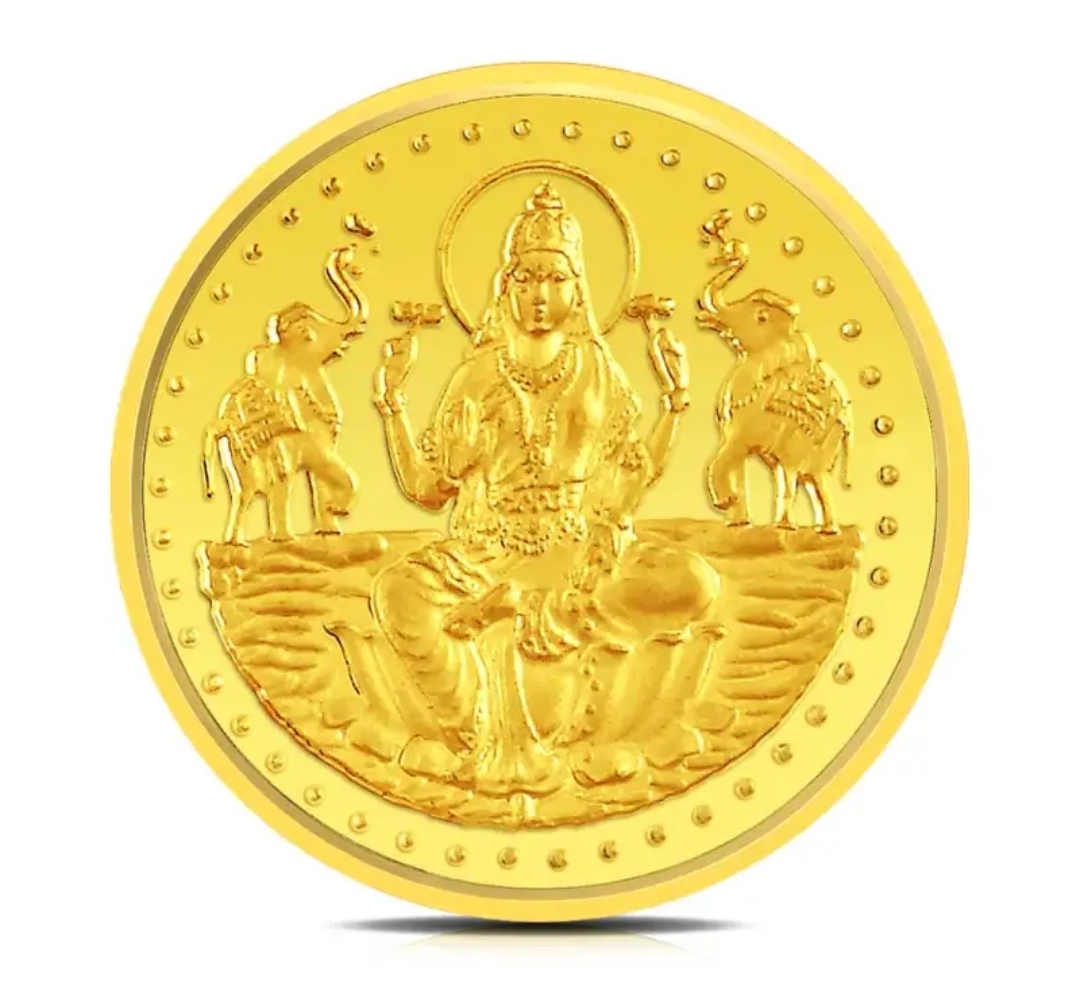Introduction
Semi-precious stones have long captivated gem enthusiasts, collectors, and jewellery aficionados with their unique beauty and intriguing characteristics. Unlike their precious counterparts—diamonds, rubies, sapphires, and emeralds—semi-precious stones are often less well-known, yet they possess their own distinct allure and value. Understanding what makes these stones rare and valuable involves exploring their geological origins, characteristics, and the factors that contribute to their worth.
At Varnium by JMT, we celebrate the distinctive qualities of semi-precious stones in our jewellery collections. In this blog, we will delve into what makes semi-precious stones special, uncovering their rarity, value, and the reasons why they are cherished by gem lovers around the world.
The Geological Origins of Semi-Precious Stones
The journey of a semi-precious stone begins deep within the Earth, where geological processes create the conditions necessary for their formation. These stones are often formed from minerals that crystallise under specific conditions, resulting in a wide range of colours, patterns, and properties.
- Formation Processes: How Semi-Precious Stones Are Created Semi-precious stones form through various geological processes, each contributing to their unique characteristics. Some common formation processes include:
- Igneous Formation: Stones like amethyst and citrine form from cooling and solidifying molten rock. These stones often occur in geodes or cavities within igneous rocks, where mineral-rich solutions deposit crystals over time.
- Metamorphic Formation: Stones such as garnet and jade are formed from existing minerals that undergo metamorphism. This process involves high pressure and temperature, transforming the original minerals into new crystalline forms.
- Sedimentary Formation: Stones like turquoise and opal form from sedimentary processes, where mineral deposits accumulate in sedimentary rock layers. These stones often exhibit unique patterns and colours due to the nature of their formation.
- The specific conditions under which a stone forms—such as temperature, pressure, and mineral composition—affect its final appearance and properties. Each formation process contributes to the rarity and uniqueness of semi-precious stones.
Factors That Contribute to the Rarity of Semi-Precious Stones
The rarity of a semi-precious stone is determined by several factors, including its geological occurrence, colour, clarity, and overall quality. Understanding these factors helps to explain why some stones are more valuable than others.
- Geological Rarity: Limited Occurrences The geological rarity of a semi-precious stone refers to how frequently it is found in nature. Some stones are relatively common, while others are much rarer due to their limited geological occurrences. For example:
- Tanzanite: This striking blue stone is found only in a small region of Tanzania, making it exceptionally rare. The limited geographic range contributes to its high value and desirability.
- Paraiba Tourmaline: Known for its vivid blue and green hues, Paraiba tourmaline is found in very limited locations in Brazil and Nigeria. Its rarity and unique colour make it a sought-after gem.
- Painite: Once considered one of the rarest minerals in the world, Painite is found in only a few locations in Myanmar. Its scarcity and limited availability make it highly valuable to collectors.
- The limited occurrence of these stones in nature adds to their rarity and can significantly impact their value in the market.
- Colour and Clarity: Enhancing Value The colour and clarity of a semi-precious stone are critical factors that influence its value. Stones with vibrant, intense colours and high clarity are generally more valuable. Key aspects include:
- Colour: The colour of a semi-precious stone is determined by its mineral composition and the presence of trace elements. Stones with rich, saturated colours, such as deep blue sapphires or vivid green emeralds, are typically more valuable. For example, fine-quality amethyst with a deep purple hue is highly prized.
- Clarity: Clarity refers to the presence of internal or external flaws, known as inclusions and blemishes. Stones with fewer inclusions and blemishes are considered higher in quality and value. High-clarity garnets, for instance, can command higher prices due to their clean, transparent appearance.
- Evaluating the colour and clarity of semi-precious stones is essential for determining their overall quality and value. These factors, combined with the stone’s rarity, contribute to its desirability in the market.
- Cut and Craftsmanship: The Art of Transformation The cut and craftsmanship of a semi-precious stone play a significant role in its final value. The way a stone is cut and shaped can enhance its beauty and showcase its unique characteristics.
- Cut: The cut of a stone refers to how it is shaped and faceted to maximise its brilliance and sparkle. Well-cut stones exhibit better light reflection and refraction, resulting in a more dazzling appearance. For example, a well-cut citrine can display a vibrant play of light.
- Craftsmanship: Skilled craftsmanship in setting and designing the stone also affects its value. Expertly designed jewellery that highlights the stone’s natural beauty can increase its overall worth. Custom settings and intricate designs can add value to the finished piece.
- The artistry involved in cutting and setting semi-precious stones contributes to their appeal and can significantly impact their market value.
The Value of Semi-Precious Stones: Understanding Market Factors
The value of semi-precious stones is influenced by a combination of factors, including rarity, quality, and market demand. Understanding these factors helps to explain why some stones command higher prices than others.
- Market Demand: Trends and Preferences Market demand plays a crucial role in determining the value of semi-precious stones. Trends and preferences can fluctuate, influencing the desirability and price of specific stones. For example:
- Popularity: Stones that are currently popular or in high demand, such as turquoise or moonstone, may see an increase in value due to their desirability. Fashion trends and celebrity endorsements can also drive demand for certain gemstones.
- Emerging Markets: As new markets emerge and consumer preferences evolve, the value of semi-precious stones may change. For instance, the growing interest in ethically sourced gemstones has led to increased demand for stones with transparent supply chains.
- Staying informed about market trends and consumer preferences helps to understand the value of semi-precious stones and their place in the jewellery market.
- Certification and Appraisal: Ensuring Authenticity Certification and appraisal are essential for determining the value and authenticity of semi-precious stones. Certification from reputable gemological organisations provides assurance of a stone’s quality and characteristics. Key aspects include:
- Gemological Certificates: Certificates from gemological laboratories provide detailed information about a stone’s colour, clarity, cut, and carat weight. These certificates help establish the stone’s value and authenticity.
- Appraisals: Professional appraisals assess the value of a gemstone based on its characteristics, market conditions, and current trends. An appraisal provides a reliable estimate of a stone’s worth and can be useful for insurance purposes or resale.
- Certification and appraisal ensure that semi-precious stones are accurately valued and provide consumers with confidence in their purchases.
The Appeal of Semi-Precious Stones: Why They Are Special
Semi-precious stones offer a unique appeal that sets them apart from their precious counterparts. Their diverse range of colours, patterns, and properties make them special and sought after by collectors and jewellery enthusiasts.
- Diverse Colours and Patterns One of the most appealing aspects of semi-precious stones is their wide range of colours and patterns. From the deep blues of lapis lazuli to the rich greens of jade, semi-precious stones offer a vibrant palette that can be incorporated into various jewellery designs. Each stone has its own distinctive appearance, making it a unique and personal choice.
- Affordability and Accessibility Compared to precious stones, semi-precious stones are often more affordable and accessible. This makes them an attractive option for those looking to add beautiful gemstones to their jewellery collection without the high cost associated with precious stones. Semi-precious stones provide an opportunity to enjoy the beauty of gemstones while staying within budget.
- Symbolism and Personal Connection Many semi-precious stones are associated with symbolism and cultural significance. For example, amethyst is often linked to tranquillity and peace, while garnet symbolises passion and energy. The personal connection and meaning attached to these stones add an emotional dimension to their value.
- By choosing a semi-precious stone with personal significance or symbolism, individuals can create jewellery that holds special meaning and represents their unique personality.
The Varnium by JMT Approach: Celebrating the Beauty of Semi-Precious Stones
At Varnium by JMT, we take pride in celebrating the beauty and rarity of semi-precious stones in our jewellery collections. Our commitment to showcasing the unique qualities of these stones is reflected in our designs and craftsmanship.
- Curated Collections: Highlighting Unique Stones Our curated collections feature a diverse range of semi-precious stones, each chosen for its distinctive beauty and characteristics. From the vibrant hues of amethyst and citrine to the intricate patterns of lapis lazuli and turquoise, our collections highlight the unique appeal of semi-precious stones.
- Expert Craftsmanship: Enhancing Natural Beauty Our skilled artisans use expert craftsmanship to enhance the natural beauty of semi-precious stones. Through precise cutting, setting, and design, we create jewellery that showcases each stone’s unique qualities and adds value to the finished piece.
- Educational Resources: Sharing Knowledge and Passion We are dedicated to sharing knowledge and passion for semi-precious stones with our customers. Through educational resources and informative content, we aim to deepen understanding and appreciation for the rarity and value of these remarkable gemstones.
Conclusion: The Allure of Semi-Precious Stones
Semi-precious stones are more than just beautiful gems—they are treasures with unique characteristics, fascinating origins, and intrinsic value. Understanding what makes these stones special helps to appreciate their rarity and worth, as well as their place in the world of jewellery.
At Varnium by JMT, we celebrate the allure of semi-precious stones by offering exquisite jewellery that highlights their distinctive beauty. As you explore our collections, we invite you to discover the charm and significance of semi-precious stones and to experience the joy of owning a gem that is truly special.
Thank you for joining us on this journey to explore the rarity and value of semi-precious stones. We hope that our commitment to celebrating these remarkable gems enriches your appreciation for their unique qualities and inspires you to cherish them in your own jewellery collection.


